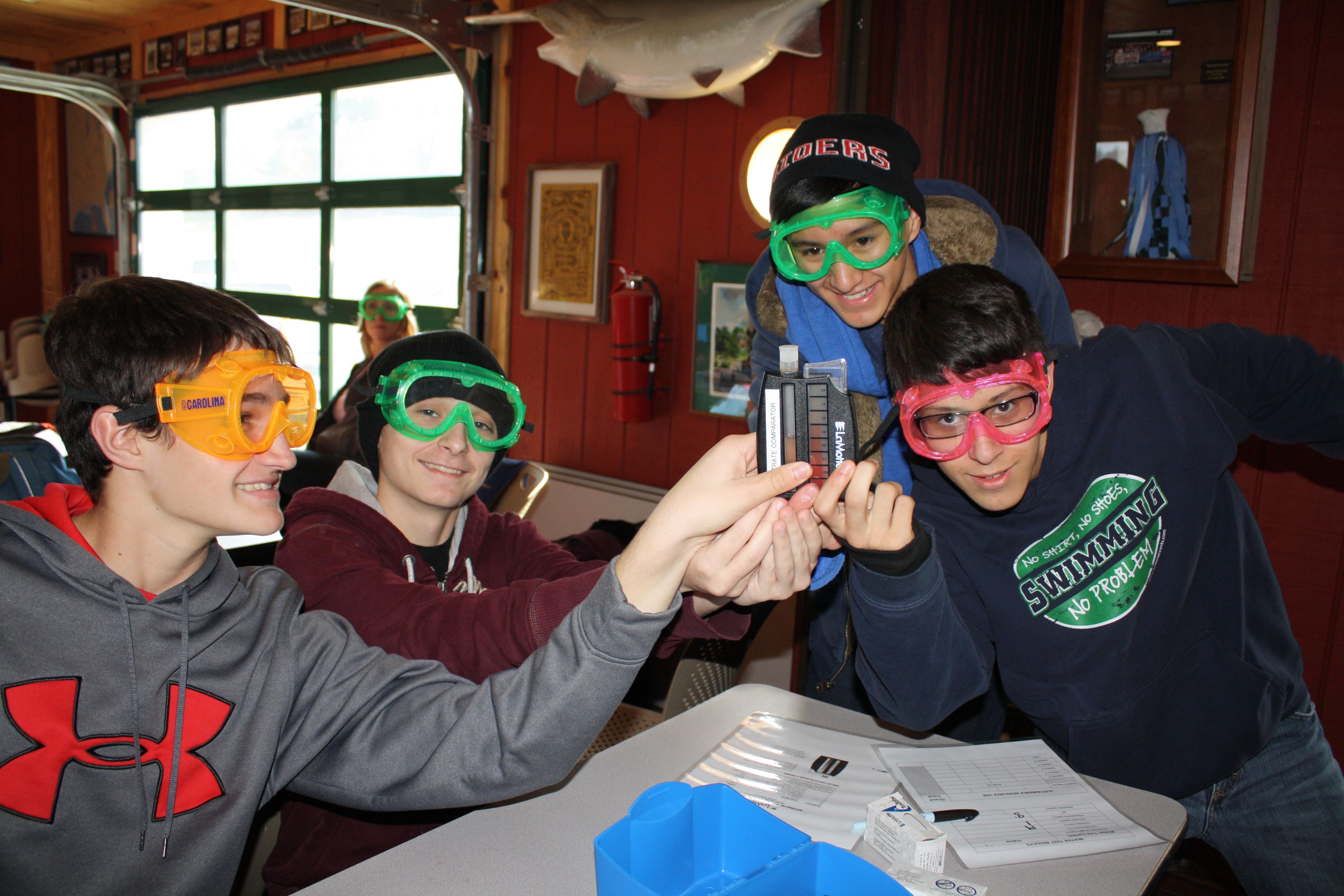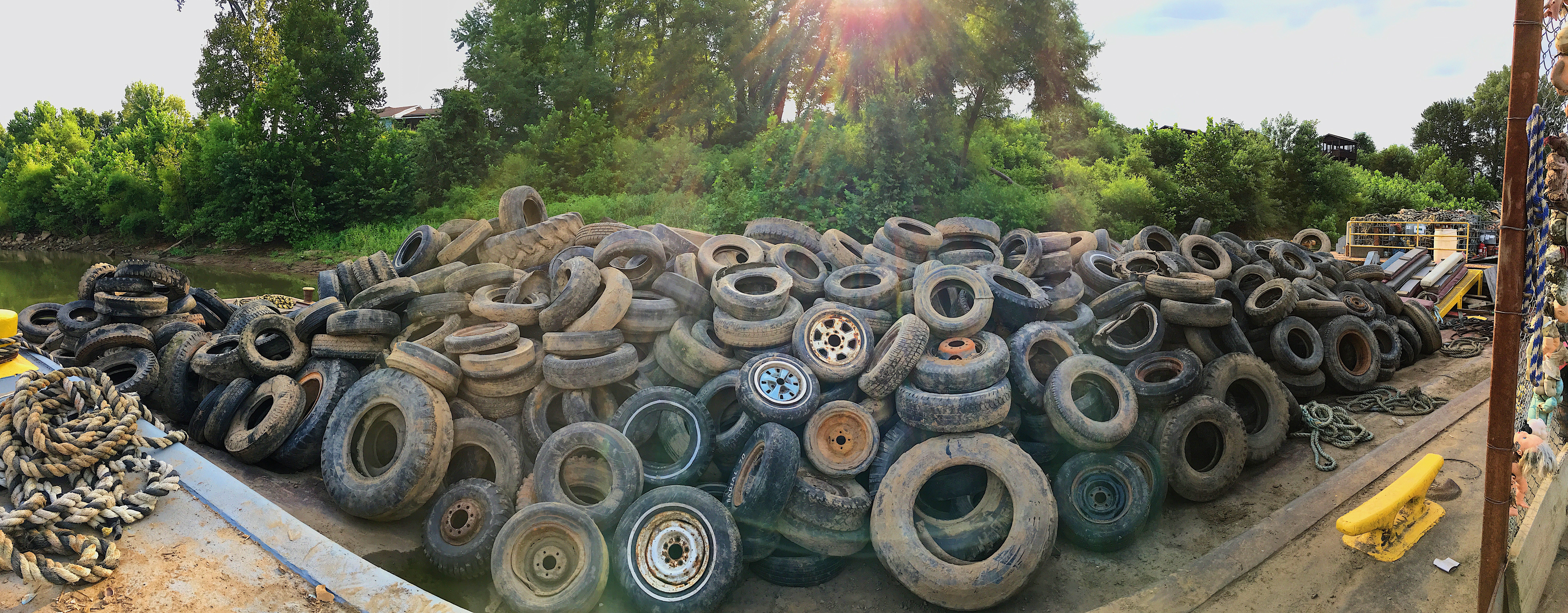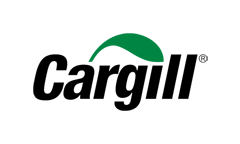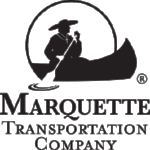EDUCATIONAL WORKSHOP HANDS-ON LAB ACTIVITIES
Our educators offer eight hands-on lab activity choices, which supplement our student educational workshops program. We ask teachers to choose two of the following activities for their students to complete during the workshop.
ACTIVITIES LIST
Biological Magnification

Students learn the effect that water pollution has on all levels of the food chain, especially the top when live predatory birds visit the floating classroom (depending on site location). After learning about the general behavior of these raptors and the important role they play in the ecosystem, students will participate in a food web simulation. Each student assumes the role of a specific producer or consumer found in the Mississippi watershed, obtaining energy through photosynthesis or by feeding on other organisms. But energy isn’t the only thing passing up the food chain…so are persistent, fat-soluble pollutants like heavy metals, DDT and PCBs! The simulation illustrates the concepts of bioaccumulation in tissues over the life of an animal and the biological magnification of these pollutants higher in the food chain.
*Recommended for biology and environmental science classes.
Eyes on Invasives
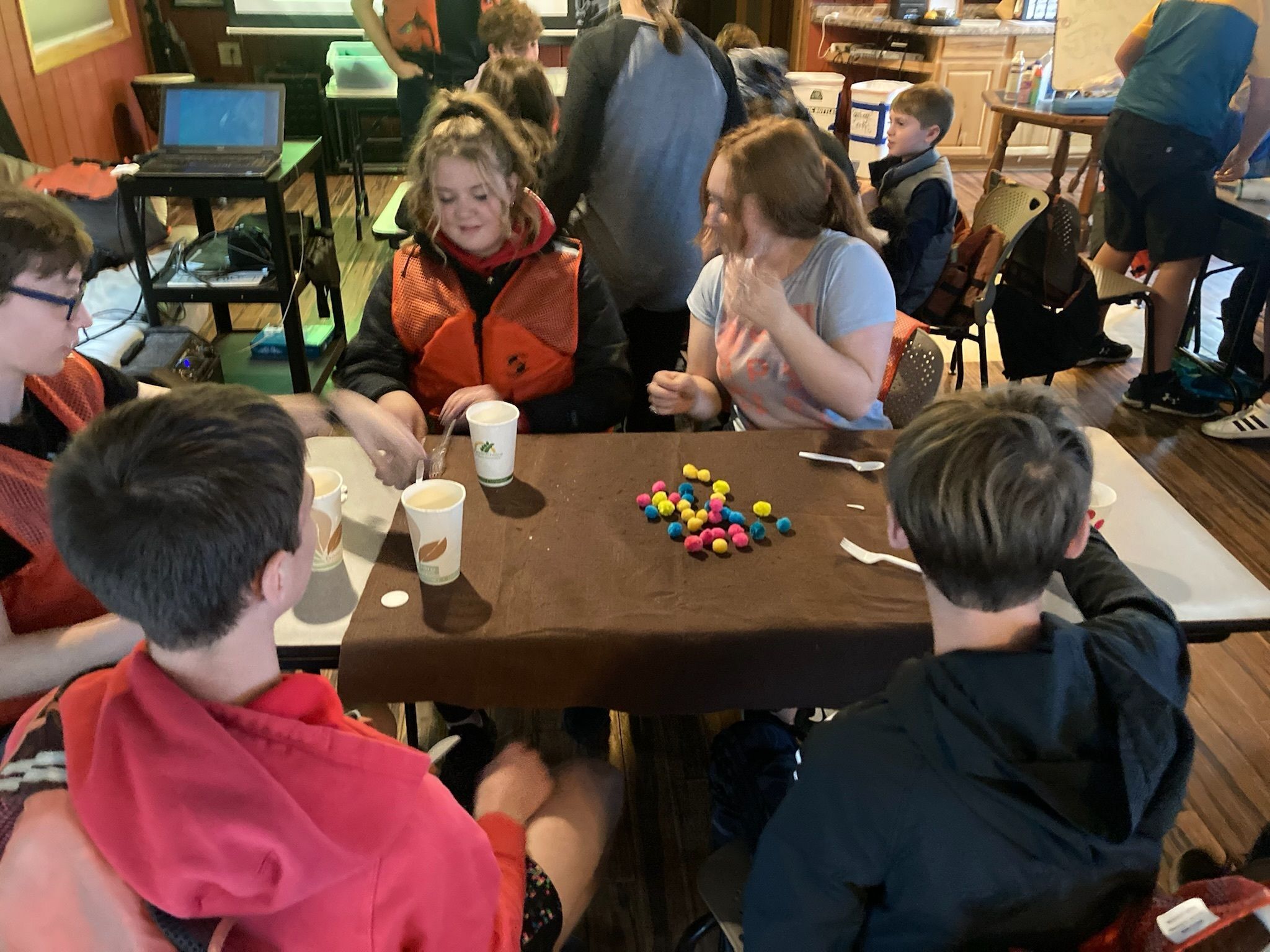
Students learn about local, aquatic invasive species and compete for resources amongst their peers in a hands-on activity that will really get them thinking about the impacts of invasives on healthy ecosystems.
Macroinvertebrate Identification
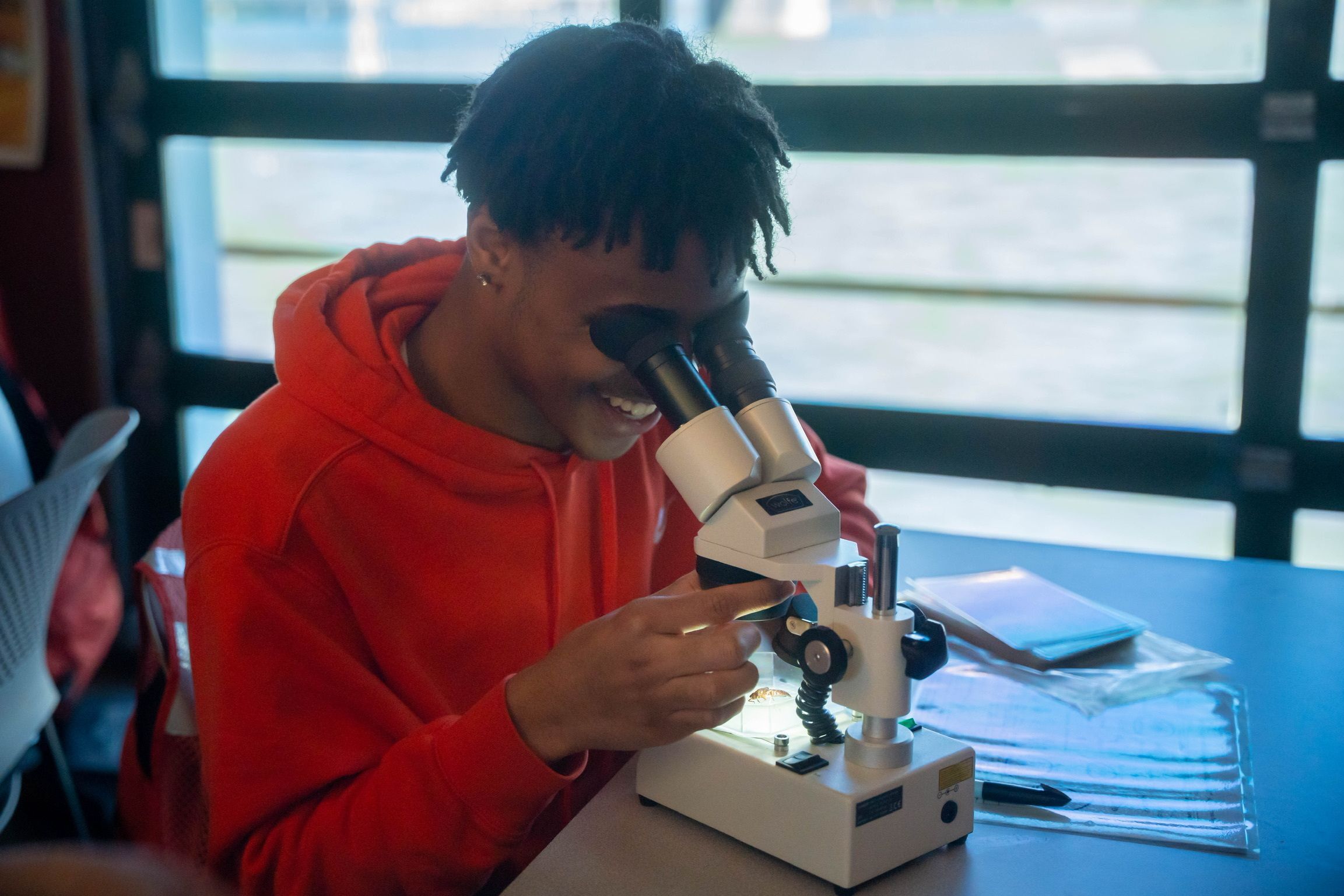
Students learn the importance of benthic macroinvertebrates while learning what they are, different species and fun facts about each. Then, students will observe preserved macroinvertebrate specimens, collected from the Army Corps of Engineers, to determine the water quality index of the stream from which the sample was taken.
*Recommended for biology and environmental science classes.
Mississippi River Watershed
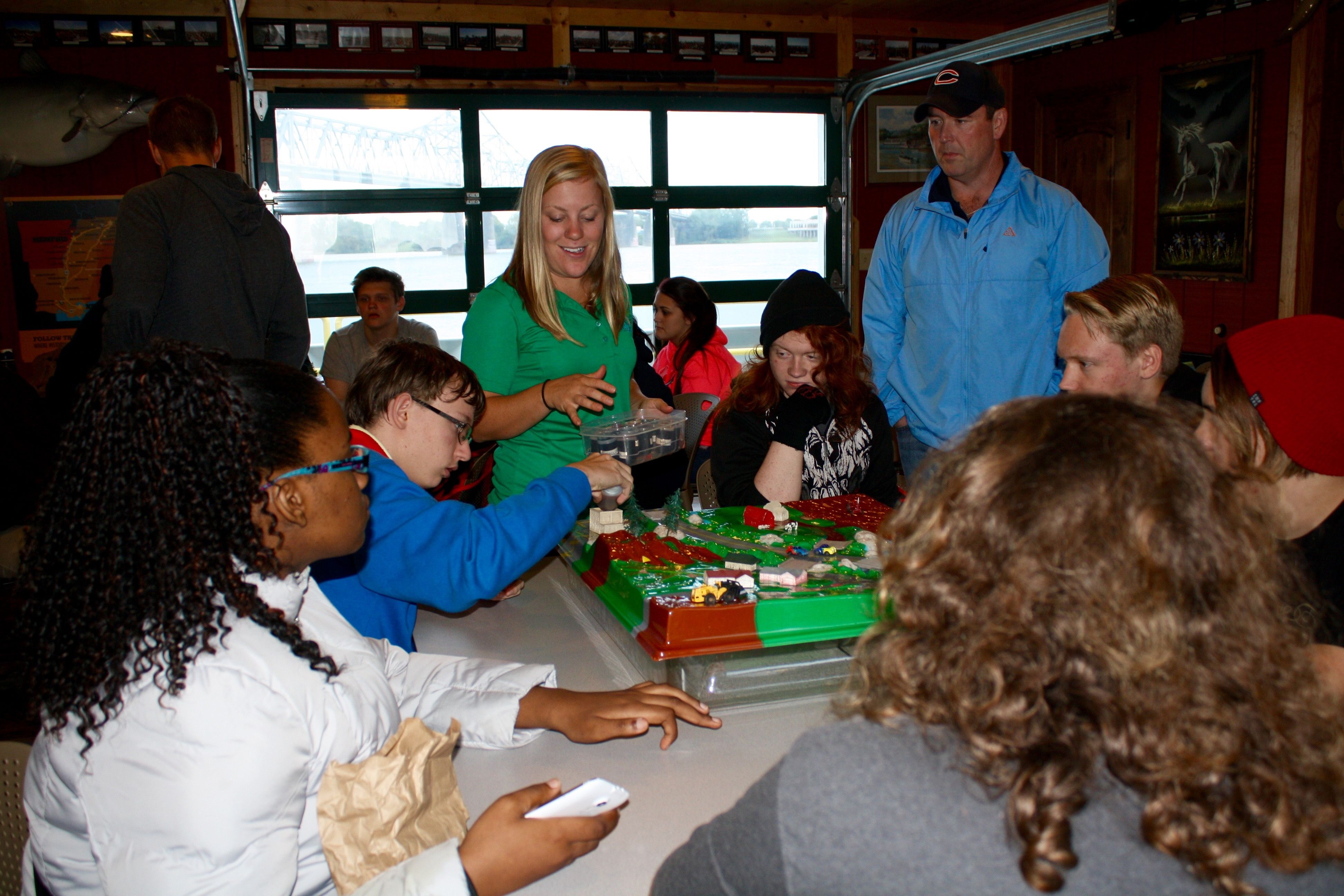
Students interact directly with Enviroscape® models to understand the effect of land activities in the watershed on the water quality of nearby streams, rivers and lakes. Through this activity, students learn the role of riparian buffer zones in decreasing nonpoint source pollution of waterways near agricultural lands and the role of wetlands in filtering out toxic substances. We then review solutions to these wicked problems facing our watersheds as a group, while leaving students feeling enlightened and determined to help prevent or fix these problems.
Reduce, Reuse, Recycle
Students pass around bags of consumer goods and lead discussions on packaging efficiency, materials (e.g. plastic vs. paper) and reusability options. Educators share garbage statistics and videos that show garbage that reaches the ocean and the effect it has on marine life. Students even get to hold samples of water collected from the garbage patch in the Atlantic Ocean, which includes tiny pieces of broken-down plastic collected by scientists for laboratory tests and 80% of which comes from land-based sources.
*Recommended for earth science, biology and environmental science classes.
River Cleanup
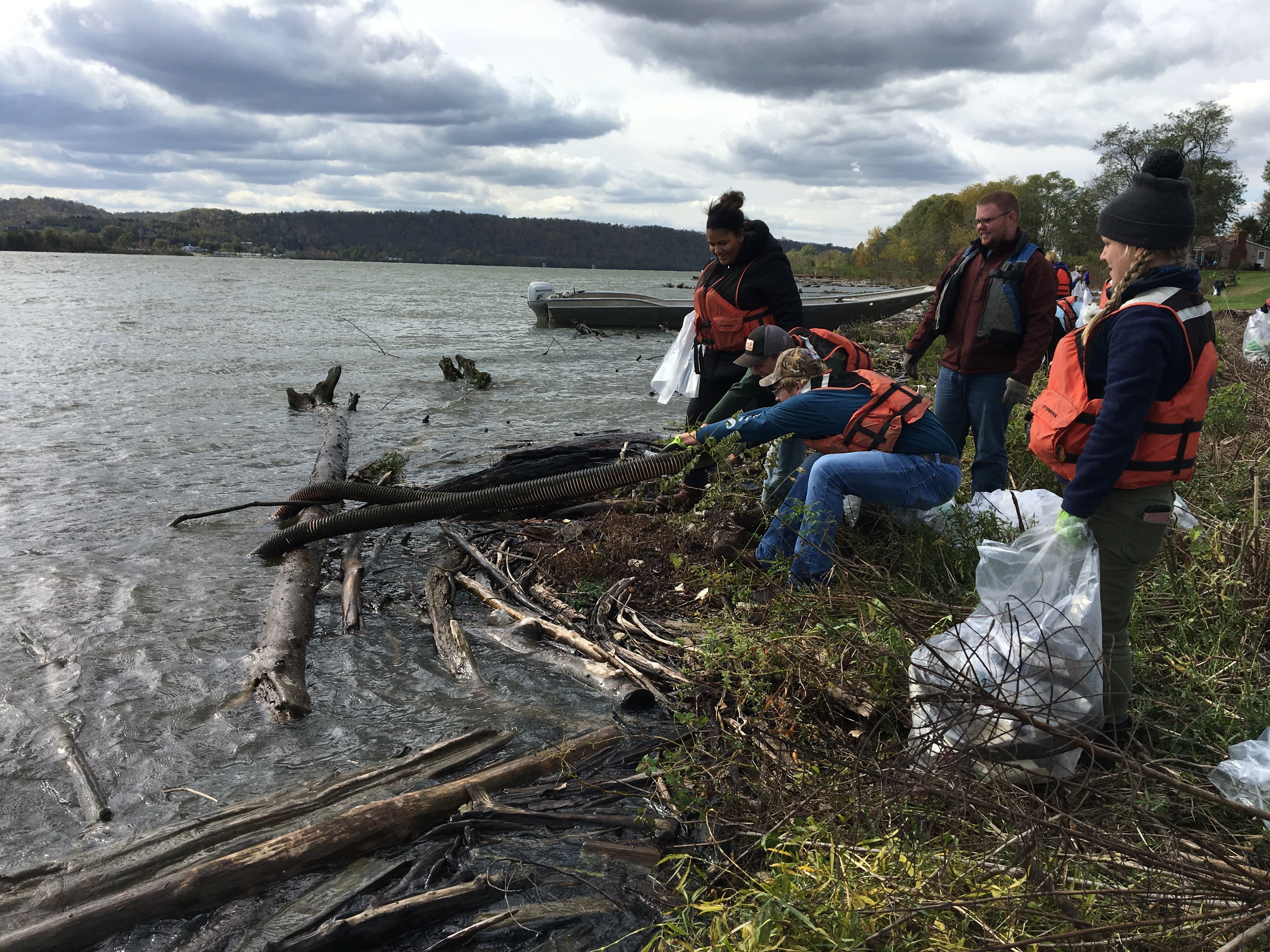
Get the full experience with the Living Lands & Waters’ crew and participate in a river cleanup! After lunch, students will board our jon boats, put on their “garbage vision” and we will take to the water! It is very important that students come dressed for success for this excursion with long pants and closed toed shoes. Sunscreen, bug spray, gloves and bags are available for you and your team. This activity is sure to be impactful and memorable for you and your students.
Sustainable Resource Use

Students role-play as captains of commercial fishing boats and compete with their classmates for a share of the “catch.” Students see firsthand the effects of overharvesting a renewable resource as their fishery dwindles with each fishing season. This thought-provoking, hands-on exercise teaches the importance of using natural resources sustainably.
*Recommended for earth science, biology and environmental science classes.
Water Quality Testing

Students get their hands wet as they collect water samples from the river and test them for a number of water quality parameters (dissolved oxygen, temperature, turbidity, nitrates, phosphates, pH and alkalinity), using LaMotte Water Quality test kits. We conclude with an analysis and discussion to see if student results fall within the healthy range for freshwater ecosystems.
*Recommended for earth science, biology and environmental science classes.


